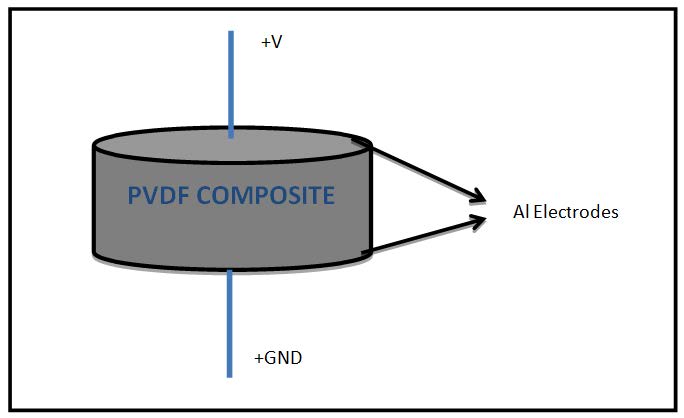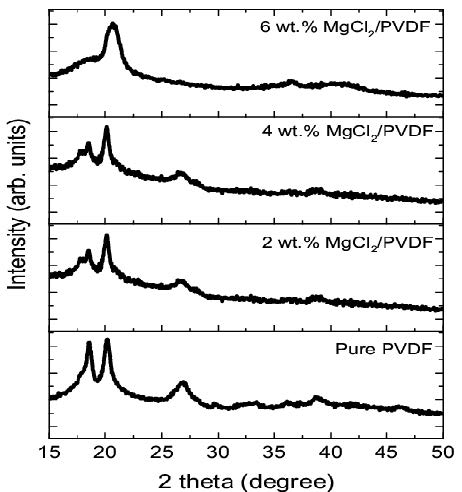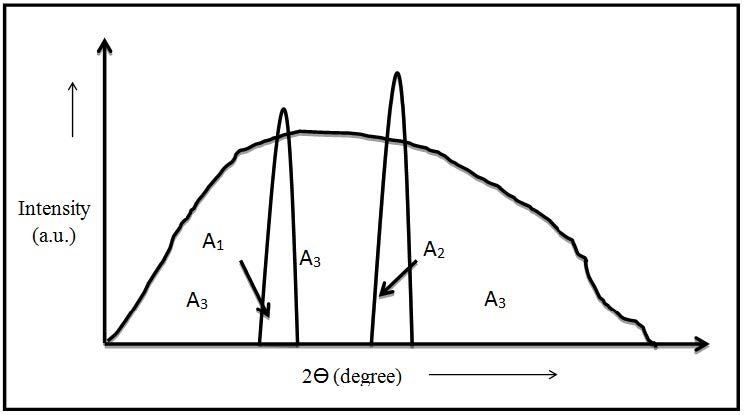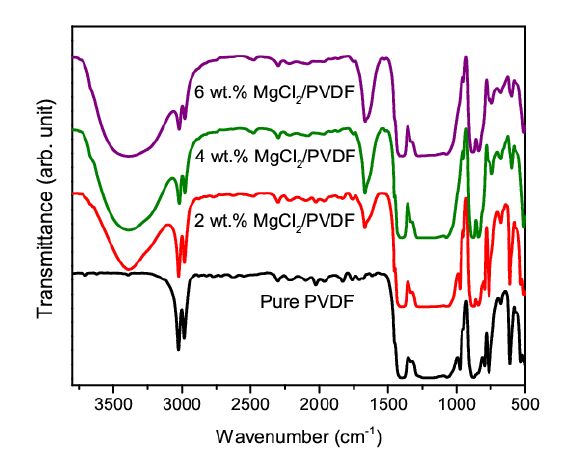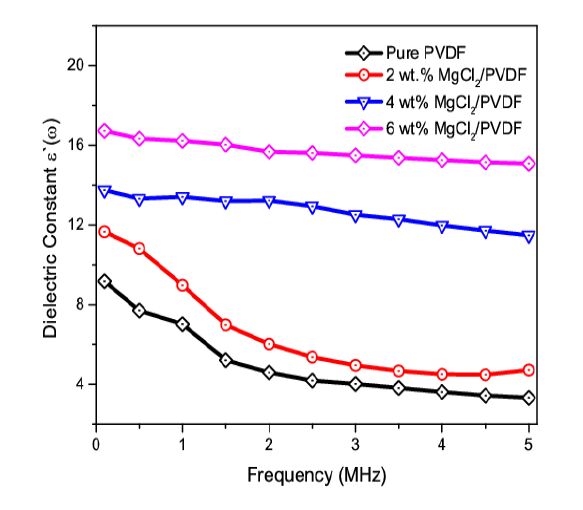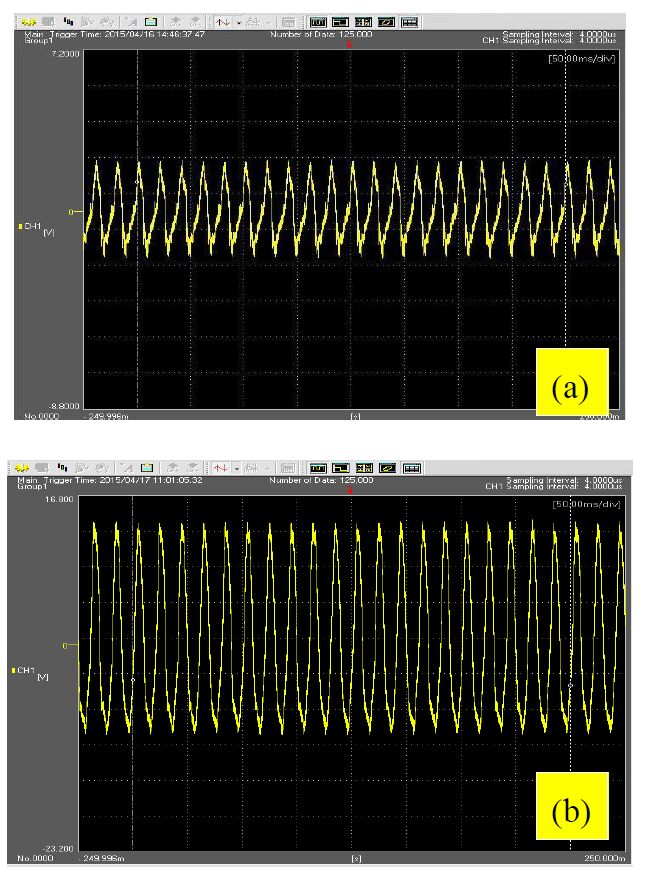| 1.
|
Carlos Leonardo Araújo, Jorianne Alves, Alyne Lima, Larissa Dias, Patricia Silva, Joana Marques, Vasco Azevedo, Artur Silva, Adriana Folador,
2018,
Chapter 4,
978-1-78984-614-0,
10.5772/intechopen.80445
|
|
| 2.
|
G. G. Kharseeva, S. Yu. Tyukavkina, A. Yu. Mironov,
Diphtheria: characteristics of the pathogen and laboratory diagnostics (lecture),
2020,
65,
2412-1320,
699,
10.18821/0869-2084-2020-65-11-699-706
|
|
| 3.
|
I. V. Yeliseyeva, E. M. Babich, L. A. Zhdamarova, V. I. Belozersky, S. A. Kolpak,
TO THE DEVELOPMENT OF THE COMPLEX DIPHTERIА VACCINE WITH BACTERIAL ADJUVANT,
2019,
3,
2077-4214,
264,
10.29254/2077-4214-2019-3-152-264-268
|
|
| 4.
|
Rebecca A. Stern, Nagissa Mahmoudi, Caroline O. Buckee, Amina T. Schartup, Petros Koutrakis, Stephen T. Ferguson, Jack M. Wolfson, Steven C. Wofsy, Bruce C. Daube, Elsie M. Sunderland,
The Microbiome of Size-Fractionated Airborne Particles from the Sahara Region,
2021,
55,
0013-936X,
1487,
10.1021/acs.est.0c06332
|
|
| 5.
|
Jens Möller, Anne Busch, Christian Berens, Helmut Hotzel, Andreas Burkovski,
Newly Isolated Animal Pathogen Corynebacterium silvaticum Is Cytotoxic to Human Epithelial Cells,
2021,
22,
1422-0067,
3549,
10.3390/ijms22073549
|
|
| 6.
|
Elisabete Alves Cappelli, Andrezza do Espírito Santo Cucinelli, Liliane Simpson-Louredo, Maria Eurydice Freire Canellas, Camila Azevedo Antunes, Andreas Burkovski, Jemima Fuentes Ribeiro da Silva, Ana Luíza Mattos-Guaraldi, Alessandra Mattos Saliba, Louisy Sanches dos Santos,
Insights of OxyR role in mechanisms of host–pathogen interaction of Corynebacterium diphtheriae,
2022,
53,
1517-8382,
583,
10.1007/s42770-022-00710-8
|
|
| 7.
|
Lisa Ott, Jens Möller, Andreas Burkovski,
Interactions between the Re-Emerging Pathogen Corynebacterium diphtheriae and Host Cells,
2022,
23,
1422-0067,
3298,
10.3390/ijms23063298
|
|
| 8.
|
Lincoln de Oliveira Sant’Anna, Elisabete Alves Cappelli, Max Roberto Batista Araújo, Juliana Nunes Ramos, Liliane Simpson-Lourêdo, Andrezza do Espirito Santo Cucinelli, Paulo Victor Pereira Baio, Verônica Viana Vieira, Louisy Sanches dos Santos, Ana Luíza Mattos-Guaraldi,
Virulence potential of the first Corynebacterium mycetoides strain isolated from human urine: a rare species of Corynebacterium,
2022,
24,
12864579,
105001,
10.1016/j.micinf.2022.105001
|
|
| 9.
|
Matthew E. Griffin, Steven Klupt, Juliel Espinosa, Howard C. Hang,
Peptidoglycan NlpC/P60 peptidases in bacterial physiology and host interactions,
2022,
24519456,
10.1016/j.chembiol.2022.11.001
|
|
| 10.
|
Bao-Hong Lee, Wei-Hsuan Hsu, You-Zuo Chen, Kung-Ting Hsu, Tzu-Ming Pan,
Limosilactobacillus fermentum SWP-AFFS02 Improves the Growth and Survival Rate of White Shrimp via Regulating Immunity and Intestinal Microbiota,
2021,
7,
2311-5637,
179,
10.3390/fermentation7030179
|
|
| 11.
|
Julian Ott, Mona M. Spilhaug, Simone Maschauer, Waqas Rafique, Jimmy E. Jakobsson, Karoline Hartvig, Harald Hübner, Peter Gmeiner, Olaf Prante, Patrick J. Riss,
Pharmacological Characterization of Low-to-Moderate Affinity Opioid Receptor Agonists and Brain Imaging with18F-Labeled Derivatives in Rats,
2020,
63,
0022-2623,
9484,
10.1021/acs.jmedchem.0c00683
|
|
| 12.
|
Latife Çakır Bayram, Seçil Abay, İzzet Burçin Satıcıoğlu, Tolga Güvenç, Görkem Ekebaş, Fuat Aydın,
The ocular pyogranulomatous lesion in a Gentoo penguin (Pygoscelis papua) from the Antarctic Peninsula: evaluation of microbiological and histopathological analysis outcomes,
2021,
45,
0165-7380,
143,
10.1007/s11259-021-09796-1
|
|
| 13.
|
Simone Maschauer, Julian J. Ott, Günther Bernhardt, Torsten Kuwert, Max Keller, Olaf Prante,
18F-labelled triazolyl-linked argininamides targeting the neuropeptide Y Y1R for PET imaging of mammary carcinoma,
2019,
9,
2045-2322,
10.1038/s41598-019-49399-0
|
|
| 14.
|
О. П. Корнійчук, О. Б. Надрага, О. І. Мотика,
СУЧАСНИЙ ПОГЛЯД НА ВИДОВИЙ СПЕКТР ЗБУДНИКІВ «КЛАСИЧНИХ» ІНФЕКЦІЙНИХ БАКТЕРІЙНИХ ХВОРОБ,
2023,
2414-9969,
66,
10.11603/1681-2727.2023.1.13470
|
|
| 15.
|
Zhongyuan Li, Mengmeng Gu, Huanhuan Sun, Xiangliang Chen, Junshan Zhou, Yingdong Zhang,
The Potential of Gut Microbiota in Prediction of Stroke-Associated Pneumonia,
2023,
13,
2076-3425,
1217,
10.3390/brainsci13081217
|
|
| 16.
|
Mélanie Hennart, Chiara Crestani, Sébastien Bridel, Nathalie Armatys, Sylvie Brémont, Annick Carmi-Leroy, Annie Landier, Virginie Passet, Laure Fonteneau, Sophie Vaux, Julie Toubiana, Edgar Badell, Sylvain Brisse,
A global Corynebacterium diphtheriae genomic framework sheds light on current diphtheria reemergence
,
2023,
3,
2804-3871,
10.24072/pcjournal.307
|
|
| 17.
|
Joshua T. Huffines, RaNashia L. Boone, Megan R. Kiedrowski, Sarah E. F. D'Orazio,
Temperature influences commensal-pathogen dynamics in a nasal epithelial cell co-culture model,
2024,
2379-5042,
10.1128/msphere.00589-23
|
|
| 18.
|
Bao-Hong Lee, Yeh-Fang Hu, Yu-Ting Chu, Yu-Sheng Wu, Wei-Hsuan Hsu, Fan-Hua Nan,
Lactic Acid Bacteria-Fermented Diet Containing Bacterial Extracellular Vesicles Inhibited Pathogenic Bacteria in Striped Beakfish (Oplegnathus fasciatus),
2024,
10,
2311-5637,
49,
10.3390/fermentation10010049
|
|
| 19.
|
Ramiro Ortiz Moyano, Stefania Dentice Maidana, Yoshiya Imamura, Mariano Elean, Fu Namai, Yoshihito Suda, Keita Nishiyama, Vyacheslav Melnikov, Haruki Kitazawa, Julio Villena,
Antagonistic Effects of Corynebacterium pseudodiphtheriticum 090104 on Respiratory Pathogens,
2024,
12,
2076-2607,
1295,
10.3390/microorganisms12071295
|
|
| 20.
|
A. A. Gallardo, V. Azevedo, R. Malena, M. Oppedisano, M. R. Leunda, F. A. Paolicchi,
Cytopathic effects in MDBK cell lines after adhesion and internalization of Corynebacterium pseudotuberculosis biovar ovis,
2025,
1517-8382,
10.1007/s42770-025-01697-8
|
|









 DownLoad:
DownLoad: 